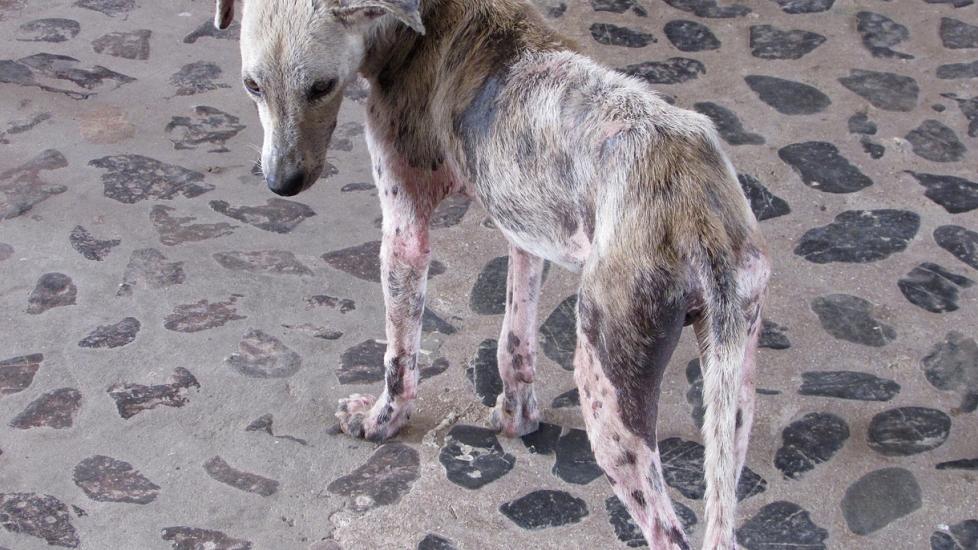Title: Understanding and Managing Mange in Your Furry Friend
Introduction:
In the world of pets, mange is a common yet concerning condition that affects dogs. It’s crucial for pet owners to recognize the signs, understand the causes, and take appropriate measures to manage this skin disorder effectively. This article aims to provide comprehensive insights into canine mange, offering practical advice on how to keep your dog healthy and comfortable despite facing this challenge.
What Is Mange?
Mange refers to a group of parasitic infections caused by various types of mites (demodex) that infest the skin of animals. These microscopic creatures burrow beneath the surface, causing irritation, hair loss, and intense itching. The two primary forms affecting dogs are demodicosis or Demodectic mange, which is relatively mild, and Sarcoptic mange, which is more severe and contagious.
Causes and Risk Factors:
Genetics plays a significant role as certain breeds have a higher predisposition due to their genetic makeup. Environmental factors such as stress, immune system suppression, poor nutrition, and concurrent diseases can also contribute to an increased risk of developing mange.
Signs and Symptoms:
The most noticeable symptoms include patchy hair loss, especially around the face, paws, ears, and belly areas. Affected regions may appear red, irritated, scaly, and crusted with sores. Dogs suffering from mange often scratch excessively, leading to further damage and secondary bacterial infections.
Diagnosis and Treatment:
A veterinarian will typically perform a thorough physical examination, including skin scrapings under a microscope to identify the presence of mites. Once diagnosed, treatment options vary depending on the type of mange but generally involve medicated shampoos, topical creams, oral medications, and sometimes even injections. Additionally, supportive care like nutritional supplements and environmental modifications might be recommended.
Prevention and Management:
Regular grooming sessions help maintain good hygiene, while frequent bathing using vet-approved products aids in controlling mite populations. A balanced diet rich in essential fatty acids supports a robust immune system, contributing to better resistance against these pests. Providing mental stimulation through playtime reduces anxiety levels, which can lead to less scratching behavior. Quarantining infected dogs until they recover fully prevents spreading the infection within multi-pet households.
Conclusion:
By staying informed about mange and its management strategies, you can ensure the well-being of your beloved furry companion during challenging times. Regular check-ups with your veterinarian, along with diligent observation at home, are key components in maintaining optimal health for your four-legged friend. Remember, early detection leads to quicker recovery rates and fewer complications associated with this distressing condition.
